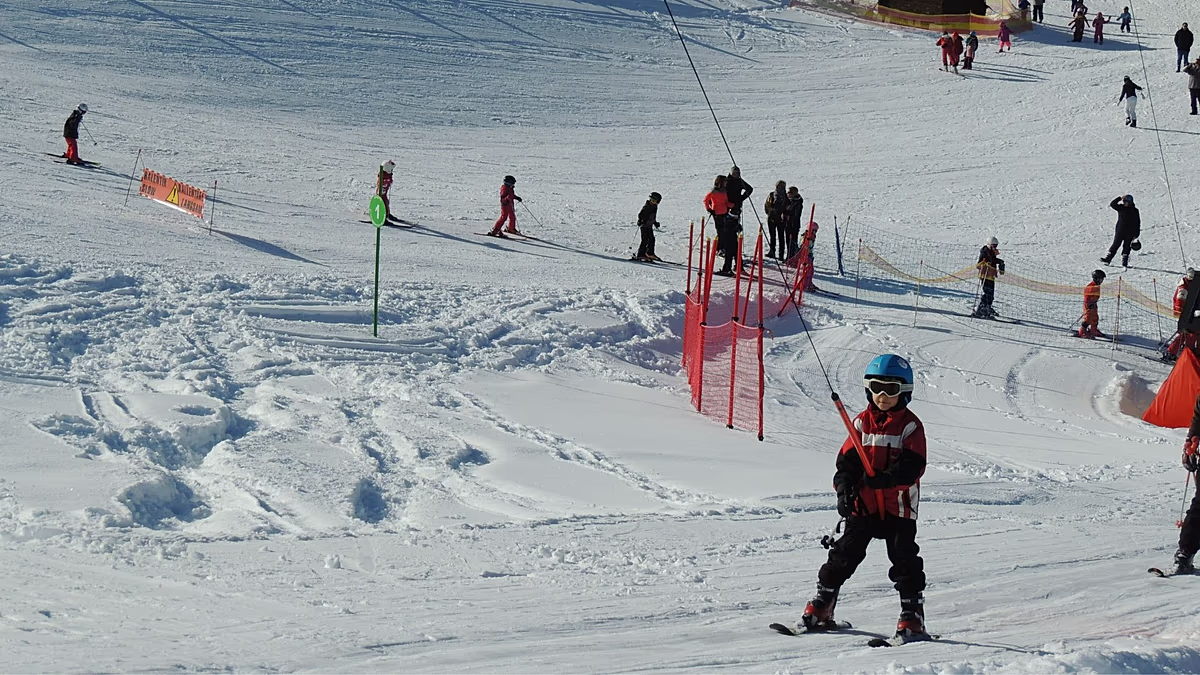New Year’s Eve Restrictions in Global Cities: A Focus on Public Safety and Order
As the world prepares to ring in the New Year, several cities are implementing restrictions on public gatherings, alcohol consumption, and fireworks sales to ensure public safety and maintain order during the festivities. These measures aim to prevent overcrowding, reduce the risk of alcohol-related incidents, and minimize disruptions to local communities. The approaches vary across cities, reflecting local contexts and priorities, but the common thread is a proactive approach to managing potential risks associated with large-scale New Year’s Eve celebrations.
Venice, renowned for its canals and romantic ambiance, has taken a stringent stance on alcohol consumption during the New Year period. A comprehensive ban on carrying or consuming drinks in glass containers, both alcoholic and non-alcoholic, will be enforced in public spaces from 7 pm on December 31st to 6 am on January 1st. This restriction extends to bars and restaurants, including those with outdoor terraces. Furthermore, the sale of any beverages in glass bottles, closed cans, or capped plastic bottles is prohibited during the same timeframe. Mayor Luigi Brugnaro has justified these measures by citing concerns about safety and public order. The city aims to prevent excessive drinking and potential disruptions that could arise from large crowds celebrating in public areas. Violators of these regulations face fines ranging from €25 to €500.
Tokyo’s Shibuya district, famous for its iconic Scramble Crossing and vibrant nightlife, has extended its pre-existing ban on public drinking. This ban, initially implemented to address rowdy behavior during Halloween, is now in effect year-round from 6 pm to 5 am, including the New Year’s Eve period. The district has also canceled its renowned New Year’s Eve countdown event at the Scramble Crossing for the fourth consecutive year. This decision, stemming from safety concerns related to large gatherings, recognizes the potential risks associated with crowds exceeding 100,000 people converging in a confined space. Temporary barriers will be erected around the Hachiko statue, a popular gathering point, to further manage crowd flow and prevent overcrowding. Sales of alcohol in shops will also be temporarily suspended over the New Year period.
Strasbourg, France, has adopted a combined approach of restricting alcohol and implementing a curfew for minors. The sale and consumption of alcohol in public streets are prohibited from noon on December 31st to noon on January 1st. Additionally, a curfew will be in place for individuals under the age of 16 who are not accompanied by a parent or legal guardian from 10 pm on December 31st to 6 am on January 1st. These measures aim to prevent underage drinking and maintain order during the New Year’s Eve celebrations.
Lyon, another French city, has also implemented restrictions on alcohol consumption and fireworks. Public drinking is prohibited from 5 pm on December 31st to 11 am on January 1st, while the sale of alcohol is banned from 8 pm on December 31st to 9 am on January 1st. Furthermore, a comprehensive ban on the sale, purchase, possession, and transportation of fireworks is in effect from 6 am on December 30th to 6 am on January 3rd. These measures are designed to mitigate the risks associated with both alcohol-related incidents and the use of fireworks.
These restrictions implemented by various cities reflect a global trend towards prioritizing public safety and order during large-scale events like New Year’s Eve celebrations. While these measures may inconvenience some, they are intended to create a safer and more enjoyable environment for everyone. By proactively addressing potential risks, cities aim to minimize disruptions and ensure that residents and visitors can celebrate the New Year responsibly. The specific approaches vary depending on local context and priorities, but the underlying goal is to strike a balance between facilitating festive celebrations and maintaining public order.
These measures demonstrate a commitment to responsible governance and a proactive approach to managing the challenges associated with large-scale public gatherings. While some may view these restrictions as limitations on personal freedom, they are ultimately intended to create a safer and more enjoyable environment for all. By mitigating potential risks and preventing disruptions, cities aim to ensure that residents and visitors can celebrate the New Year responsibly and peacefully. The specific approaches taken by each city reflect local contexts and priorities, but the overall message is clear: public safety and order are paramount.











